Global Site
Breadcrumb navigation
NEC tackles large-scale farmlands in Hokkaido: Improving productivity with cutting-edge wireless communication technology and AI
Mar 7, 2025
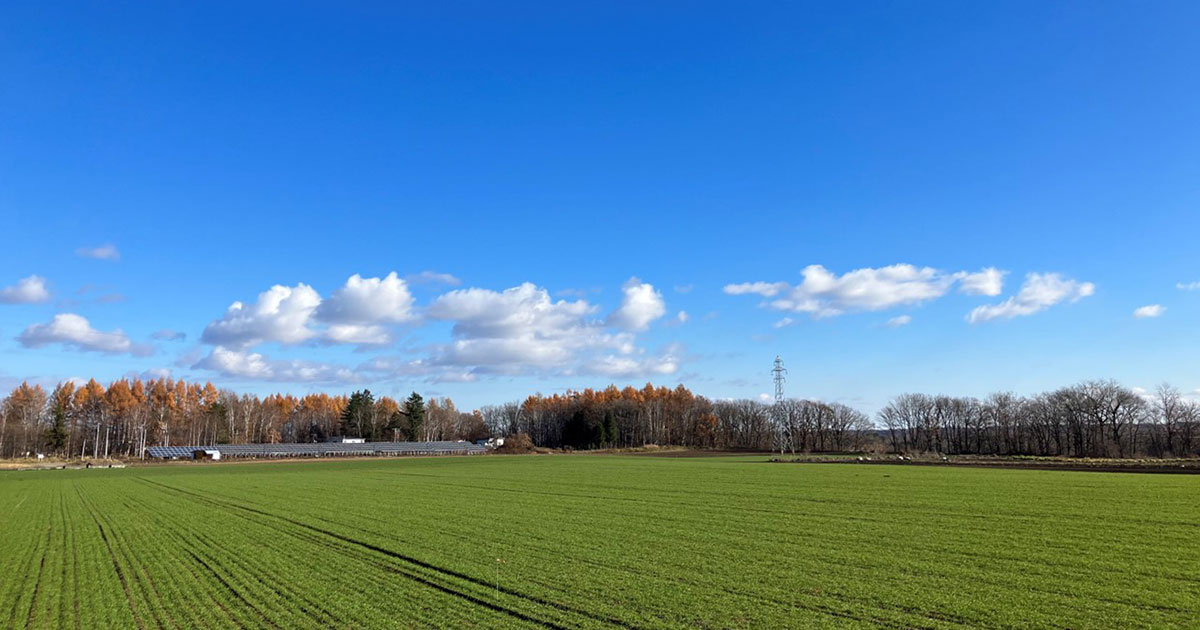
Japanese agricultural and fishery products are gaining increasing attention from overseas. The export value of agricultural, forestry, and fisheries products reached record highs for 11 consecutive years through 2023, with "agricultural products" accounting for the largest share. On the other hand, the longstanding issues of labor shortages and a lack of successors in farming have led to a growing expectation for improved productivity through the use of advanced technologies. As part of NEC's initiatives aimed at solving these challenges, it is conducting proof-of-concept experiments in Hokkaido. Despite being at the forefront of automation, such as with autonomous farming machinery, Hokkaido's vast farmlands have faced technical barriers, such as the land being too vast for signals to reach. NEC is leveraging its expertise in wireless communication technology and AI to overcome these challenges.
Fewer successors, expansive farmlands: Efficient use of autonomous tractors
In the Kawanishi district of Obihiro City, Hokkaido, many agricultural plots are square units measuring 540 meters on each side, requiring a walk of more than 2 kilometers to go around the perimeter. In urban areas, this is roughly the size of a small park.

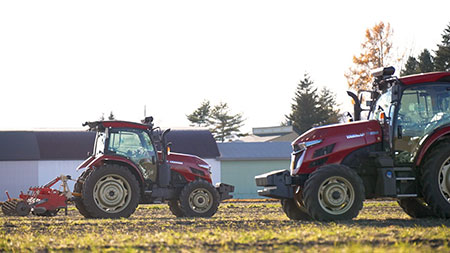
Approximately 350 farming households operate within the jurisdiction of OBIHIROSHI-KAWANISHI AGRICULTURAL CO-OPERATIVE SOCIETY (JA Obihiro Kawanishi) in the Kawanishi area. The number of households is declining, and as labor shortages increase, the land per household is expanding. To manage such vast farmlands with a small workforce, maximizing the use of agricultural machinery and minimizing the time spent walking the land for manual work becomes crucial. This challenge is being addressed by the "Smart Agriculture Promotion Project ," a consortium involving NEC and agricultural machinery manufacturers. NEC, which is not an agricultural machinery manufacturer, participates because of its ability to contribute through its advanced wireless communication and AI technologies, building on the knowledge it has gained from diverse industries and fields.
The project includes two major demonstration experiments. The first is unmanned operations in a potato field using multiple autonomous robotic tractors. While unmanned tractors have existed, the existing Wi-Fi systems used for control had limited coverage, unable to cover Hokkaido's vast farmlands.
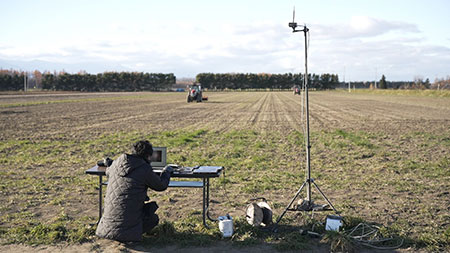
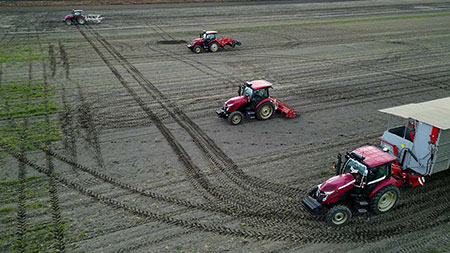
To solve this, NEC utilized the new wireless standard IEEE802.11ah (Wi-Fi HaLow). Wi-Fi HaLow can maintain communication over distances of more than 500 meters and can simultaneously control more than four tractors working across several plots from a single base station.
Reducing visual tasks in vast farmlands using drones and AI
The second demonstration experiment utilizes drones, Local 5G, and AI. NEC uses its technological strengths to detect yam diseases and assess wheat "maturation" and "lodging." Kosuke Sato, of NEC's Advanced DX Service Initiative Department , emphasizes, "Both Wi-Fi HaLow and Local 5G are areas where NEC can make a difference due to our understanding of radio characteristics."
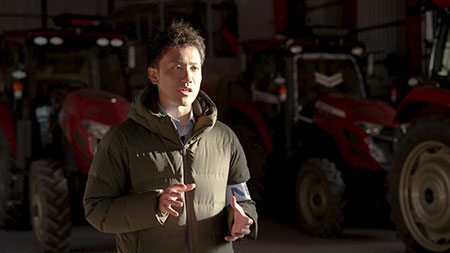
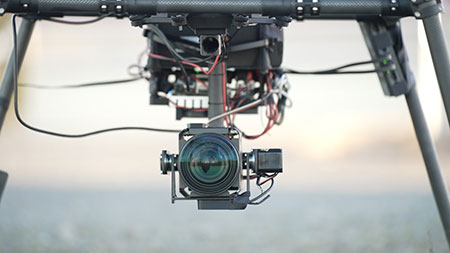
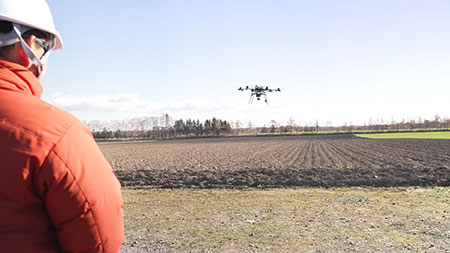
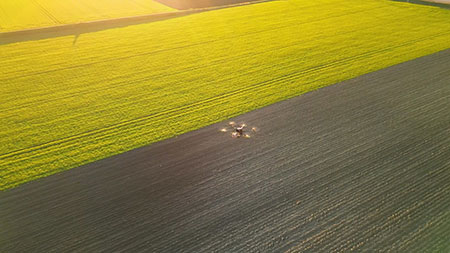
Disease detection in yam requires walking several kilometers a day under the blazing sun to visually inspect the leaves, making it a physically demanding job. "Maturation" of wheat refers to the degree of ripening of grains, while "lodging" refers to the tilting or falling of plants due to wind and rain. Accurately assessing these conditions and harvesting at the right time is crucial for crop yield and quality. Previous attempts using satellite technology had issues, such as being unusable on cloudy days.

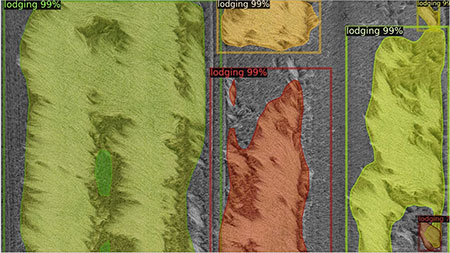
In this demonstration, drones capture aerial footage of the fields, and AI analyzes the images. Using Local 5G enables high-definition video transmission and real-time analysis, allowing tasks like disease detection in yam to be done without walking and visually inspecting through the field. For cost efficiency, the system uses portable Local 5G base stations, allowing multiple farmers to share their use.
The "new face of agriculture" and expectations for global expansion
The demonstrations have advanced to the point where the AI is trained to analyze footage captured in the field, and the possibility of using the results of this training to display the assessment outcomes on mobile devices is also being considered.
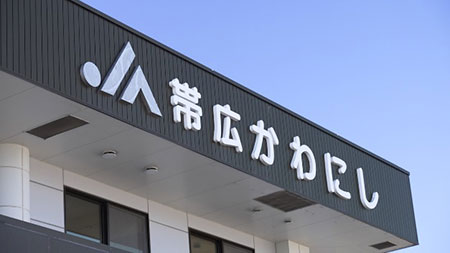
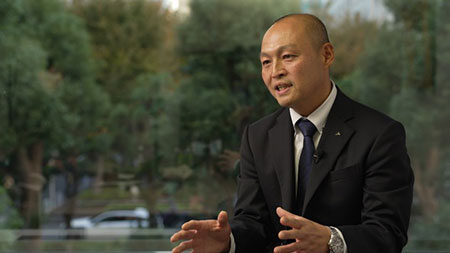
For aging farmers, disease detection and farming large plots of land can be burdensome. Daisuke Komura, the head of JA Obihiro Kawanishi's Agricultural Promotion Division , expresses hope, stating, "If we can improve efficiency through this demonstration, some farmers may even attempt to expand their cultivated land."
Vast farmlands extend beyond Hokkaido , they are found across the globe. Komura adds, "We are experts in agriculture, but when it comes to communication and AI, we are absolute beginners. Conversely, NEC's ideas, free from the constraints of traditional farming knowledge, provide great inspiration." He envisions, "With the power of NEC's technology, we hope to expand this 'new agriculture' not just in Hokkaido, but globally."
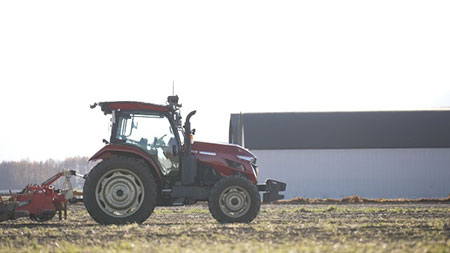
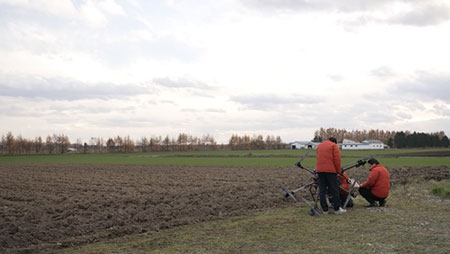
By combining NEC's technologies, this first step taken with JA Obihiro Kawanishi may lead to solutions for agricultural challenges both in Japan and around the world. NEC's Purpose is to "create the social values of safety, security, equality, and efficiency and to realize a sustainable society where everyone has the chance to reach their full potential." With this in mind, NEC continues to take on challenges in the world of agriculture, which supports our food systems.